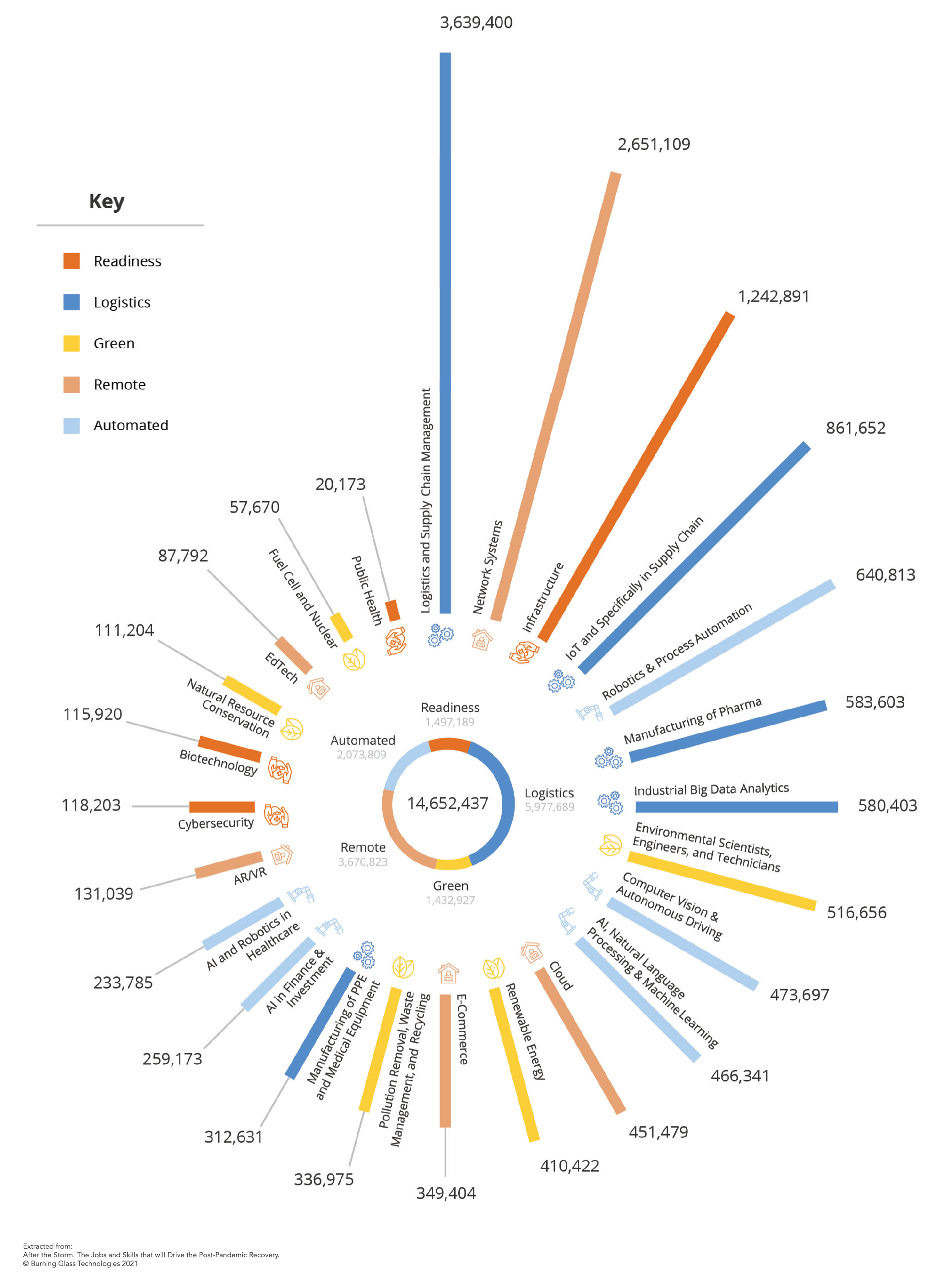Southland Career & Technical Education Center
Investing in Career & Technical Education
Yields Big Returns

1. Workforce Training and Education Coordinating Board, Secondary CTE: State Core Indicator Results, 2017. 2. Foundation for California Community Colleges, Facts and Figures. 3. Colorado Community College System, The Economic Value of the Colorado Community College System, May 2017. 4. Iowa Department of Education, The Economic Value of Iowa’s Community Colleges, February 2017. 5. OKCareerTech, PoweredbyOKCareerTech.com. 6. Wisconsin Technical College System, The Technical College Effect, 2014. 7. Montgomery County Community College, 50 Points of Pride. 8. Howard Community College, MCC at a Glance. 9. Volusia County Schools, Return on Investment - Articulated College Credit for Industry Certifications.
CAREER AND TECHNICAL EDUCATION
TALKING POINTS
Compiled April 2021
Dropout Prevention1
CTE programming has the largest measured effect size of the dropout prevention strategies. According to the Gates Foundation, 81% of students who dropped out reported needing more real-world learning (relevancy).
GPA2
- 1 CTE course increased GPA
by an average of 0.12 points. - 2 CTE courses increased GPA
by an average of 0.20 points. - 3 CTE courses increased GPA
by an average of 0.30 points.
College Completion2
Students taking three or more CTE courses in high school are far more likely to persevere and complete college and to out earn non-CTE course completers.
Graduation Rates4
- 1 CTE course results in an average 15% increase in graduation rate.
- 2 CTE courses in the same program area increase the graduation rate by 20%.
- 3 CTE courses in the same program area increase the graduation rate by 28%.
Earnings
- “A CTE-related associate degree or credential will earn the holder between $5,000 and $15,000 more per year than a person with a humanities or social science associate degree.5
- Eight years after their expected graduation date, students who focused on career and technical education (CTE) courses while in high school had higher median annual earnings than students who did not focus on CTE.6
- Students who take 3 CTE courses earn 18%, or about $212, more per month than a typical high school graduate.7
- U.S. High School Graduate Median Income8:
– With no CTE Credential: $30,000/year
– With a CTE Credential/License: $42,000 - Income is a gauge of a person’s well-being.9
1 National Dropout Prevention Center/Network’s meta-analysis of dropout prevention programs and strategies by Chappell, O’Connor, Withington, & Stegelin, 2015.
Bridgeland, J., et al. The Silent Epidemic. Bill and Melinda Gates Foundation at http://www.gatesfoundation.org/nr/downloads/ed/ TheSilentEpidemic3-06FINAL.pdf.
2 Wine-Banks, Jill. Memo to Chicago Public School Board Members: Research Proves ETC (Education to Careers) Improves CPS Academic Outcomes. Office of Education-to-Careers for Chicago Public Schools, November 29, 2004.
3 Illinois General Assembly HR0371, 2020, at https://www.ilga.gov.
4 Wine-Banks, Jill. Memo to Chicago Public School Board Members: Research Proves ETC (Education to Careers) Improves
CPS Academic Outcomes. Office of Education-to-Careers for Chicago Public Schools, November 29, 2004.
5 Jacobson, L., et al, Pathways to Boosting the Earnings of Low- Income Students by Increasing Their Educational Attainment, Gates Foundation/Hudson Institute, 2009.
6 Department of Education: InformED
Bridging the Skills Gap: Career and Technical Education in High School, September 2019
7 National Governors Association
8 U.S. Department of Commerce based on U.S. Census data
9 Census Bureau narrative and data
RECOVERY JOBS
BY ECONOMY

